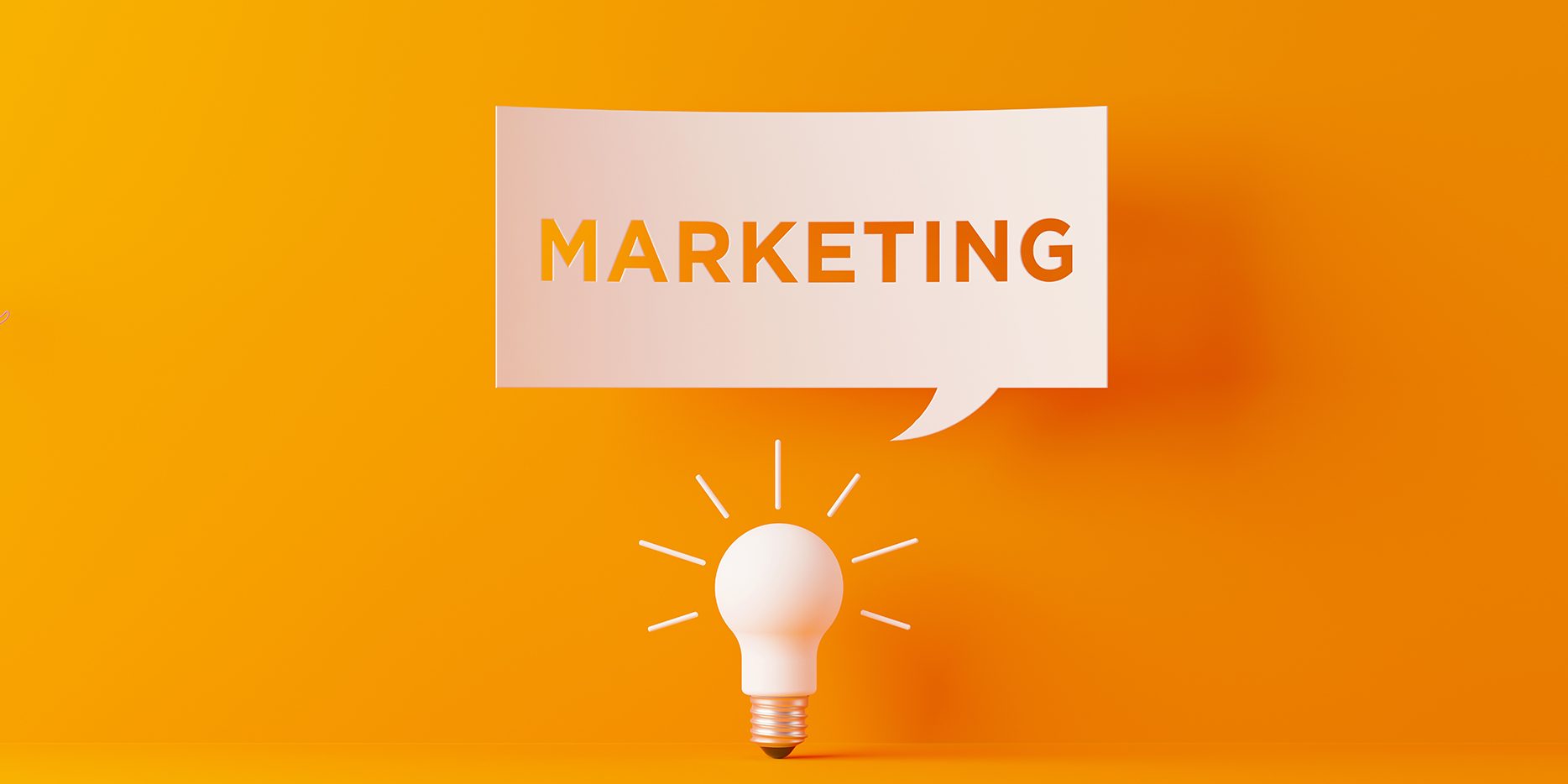
Focus on Personalization
Personalization continues to dominate as a key driver of customer engagement and loyalty. Consumers expect brands to understand their preferences and offer tailored experiences. To achieve this, use AI-driven tools to analyze customer data, segment audiences, and deliver customized content. Personalized email campaigns, product recommendations, and dynamic website content increase relevance and improve conversion rates. For instance, recommending products based on past purchases or browsing behavior enhances the customer journey and fosters trust.
Leverage Social Commerce
Social commerce is a growing trend, with platforms like Instagram, TikTok, and Pinterest making it easier for users to shop directly within apps. Businesses should create engaging, shoppable content to capture attention and drive sales. Hosting live shopping events, collaborating with influencers, and sharing user-generated content helps build trust and encourages purchases. By integrating seamless checkout experiences, brands can convert social media followers into loyal customers.
Invest in Sustainability-Focused Marketing
Sustainability is becoming a top priority for consumers, influencing their purchasing decisions. Highlight your brand’s eco-friendly practices, such as sustainable packaging, ethical sourcing, or carbon-neutral operations, in your campaigns. Authentic storytelling about your environmental efforts resonates with conscious consumers and differentiates your brand from competitors. For example, showcasing your commitment to reducing waste through behind-the-scenes videos or sharing impact metrics on social media builds credibility and loyalty.
Optimize for Voice and Visual Search
With the increasing use of smart speakers and visual search tools, optimizing for these technologies is essential. Voice search requires natural language SEO strategies, while visual search involves high-quality images with detailed metadata. Ensure your website content aligns with conversational queries and is mobile-friendly to capture voice search traffic. Additionally, enabling visual search for product discovery provides a seamless shopping experience, especially in industries like fashion or home decor.
Utilize AI for Predictive Analytics
AI-powered predictive analytics tools enable businesses to forecast trends, anticipate customer needs, and optimize marketing strategies. By analyzing historical and real-time data, these tools identify which campaigns will deliver the highest ROI and which audience segments are most likely to convert. For instance, predictive analytics can inform inventory planning or help tailor promotional offers for specific customer groups. Using data-driven insights ensures campaigns are targeted and effective.
Engage Through Video Marketing
Video marketing remains one of the most impactful ways to engage audiences. Short-form videos on platforms like TikTok and Instagram Reels are particularly effective for capturing attention quickly. Live videos, tutorials, and behind-the-scenes content provide opportunities for deeper connection with your audience. To stand out, focus on storytelling and visually compelling production. Incorporating captions and optimizing for mobile viewing enhances accessibility and reach.
Strengthen Omnichannel Strategies
An integrated omnichannel approach ensures a consistent brand experience across all touchpoints. Align messaging and visuals across social media, email, websites, and in-store experiences. For example, a customer might discover your product on Instagram, receive an email with a discount code, and complete their purchase in-store. Creating a seamless journey builds trust and encourages repeat business. Use tools like CRM platforms to track customer interactions and personalize outreach across channels.
Implement Automation for Efficiency
Marketing automation streamlines repetitive tasks, allowing teams to focus on strategy and creativity. AI-powered tools automate email campaigns, social media scheduling, and ad optimization. For instance, an automation tool might send personalized follow-ups to customers who abandoned their carts or adjust ad budgets based on performance metrics. Automation ensures campaigns are timely, relevant, and efficient, maximizing ROI.
Highlight Customer Reviews and Social Proof
Consumers trust the opinions of others, making social proof a powerful tool for driving conversions. Showcase customer reviews, testimonials, and user-generated content in your marketing materials. For example, featuring video testimonials on your website or sharing photos of customers using your product on social media builds credibility. Encourage satisfied customers to leave reviews by offering incentives or simplifying the review process.
Monitor and Adapt to Trends
Staying ahead of trends is critical in the fast-evolving marketing landscape. Regularly monitor industry developments, competitor strategies, and consumer behaviors to identify new opportunities. For instance, experimenting with emerging platforms like Threads or adopting new technologies like augmented reality (AR) can provide a competitive edge. Being proactive and flexible ensures your marketing efforts remain fresh and relevant.
Use Data Analytics to Refine Campaigns
Data analytics tools provide valuable insights into campaign performance and customer behavior. Monitor key metrics such as click-through rates, conversion rates, and customer lifetime value to measure success. Regularly reviewing analytics helps identify what’s working and where improvements are needed. For instance, if a particular email subject line drives high open rates, you can apply similar strategies to future campaigns. Data-driven decision-making ensures continuous improvement.
Foster Community Engagement
Building a sense of community around your brand strengthens customer relationships and fosters loyalty. Engage with your audience through interactive content, social media discussions, or branded events. For example, hosting virtual workshops or Q&A sessions on Instagram Live allows customers to connect with your brand on a personal level. Encouraging user participation and feedback creates a loyal customer base and strengthens your brand’s reputation.
Conclusion
Marketing in 2025 will require a balance of creativity, technology, and customer-centric strategies. By focusing on personalization, leveraging emerging platforms, and emphasizing sustainability, businesses can connect with audiences more effectively. Integrating AI-driven tools, optimizing for new search technologies, and maintaining an omnichannel approach ensures campaigns deliver impactful results. Regularly monitoring performance and adapting to trends keeps your efforts relevant and competitive. With these marketing tips, businesses can navigate the evolving landscape and achieve success in 2025. Find out here about 2025 marketing tips for best results. Get better results in 2025 with marketing efforts. Work with marketing experts.








